imitation
The Rolex Day-Date of the Presidential Watch
Rolex has long been synonymous with luxury, precision, and status. Founded in 1905 by Hans Wilsdorf as Wilsdorf and Davis, the Swiss brand redefined watchmaking when it registered the name “Rolex” in 1908. While iconic models like the Submariner, Explorer, and Rolex GMT-Master have captured the hearts of watch enthusiasts, it is the Rolex Day-Date that stands as the epitome of the brand’s legacy. Known as the “Presidential Watch,” the Day-Date remains the only Rolex model exclusively available in precious metals, symbolizing success and prestige like no other watch.
The Birth of the Day-Date: Ref. 6510 and 6511 (1956 – 1957)
Introduced in 1956, the Rolex Day-Date quickly became the brand’s flagship model, replacing more complex pieces like the Triple Calendar Moonphase (ref. 8171) and the Oyster-cased ref. 6062. These earlier models, though now highly sought after by collectors, failed to capture the market’s attention and were discontinued by 1953. The Rolex Day-Date, however, was different. It was revolutionary, being the first wristwatch to display the full day of the week, in an arched window at 12 o’clock, alongside a date at 3 o’clock – a layout now common to all Day-Date watches.
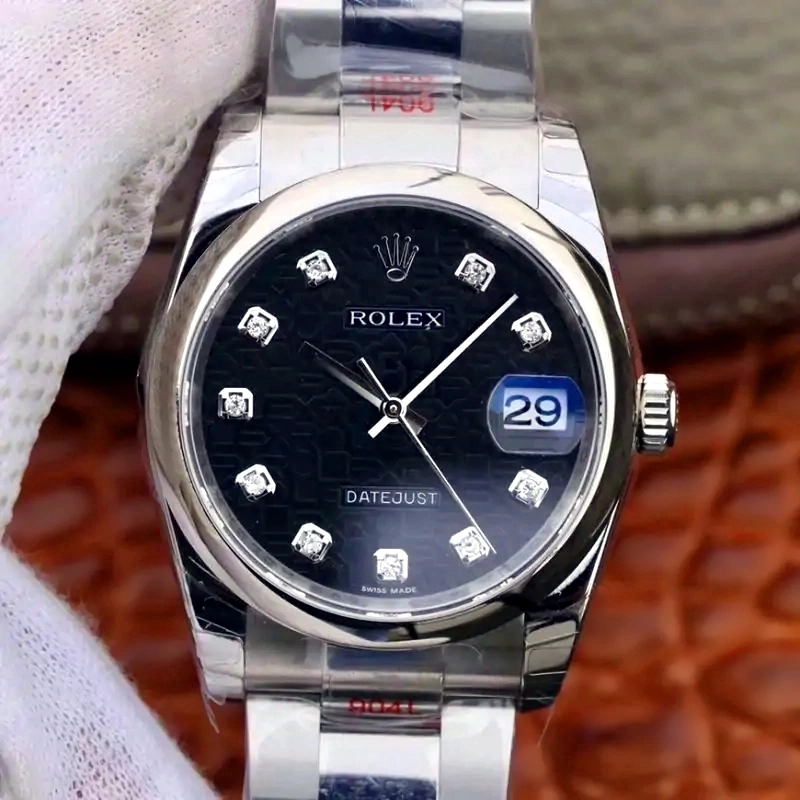
The Day-Date debuted in three precious metals – yellow, pink, and white gold – with two bezel options: smooth (ref. 6510) and fluted (ref. 6511). Initially paired with a Jubilee bracelet, the President bracelet, a three-link design with rounded links, soon became its signature feature. The 36mm Oyster case boasted a water resistance of 100 meters, aided by the twin-lock crown system first seen on the replica Rolex Submariner in 1953. The dial options included champagne or black dials, with gold indices and Dauphine hands. Early production was plagued with technical issues, leading to the introduction of ref. 6611 in 1957 to address mechanical flaws and improve the movement’s reliability.
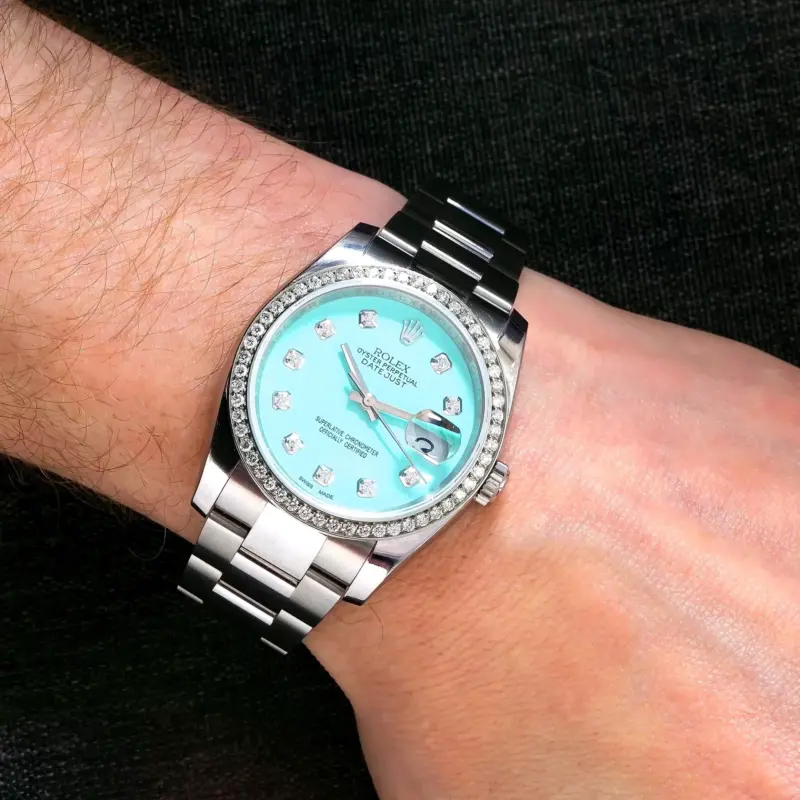
Ref. 6611 (1957 – 1959): A New Standard for Precision
The ref. 6611 built upon the foundation laid by its predecessor, featuring the updated calibre 1055 movement, which addressed earlier issues. This new movement had 25 jewels, a lower beat rate of 18,000 vibrations per hour, and featured a new chronometer certification designation: “Superlative Chronometer Officially Certified.” The dial also saw a minor update with Alpha hands replacing Dauphine hands, although the overall look of the watch remained largely unchanged. The ref. 6611 introduced a distinctive “pie-pan” dial, and despite some rare and customized variations, the yellow gold models with the President bracelet are the most iconic.
Interestingly, despite Rolex’s reputation for using only precious metals, there are five known examples of ref. 6611 in stainless steel – highly sought after by collectors, these rare models have fetched impressive auction prices over the years.
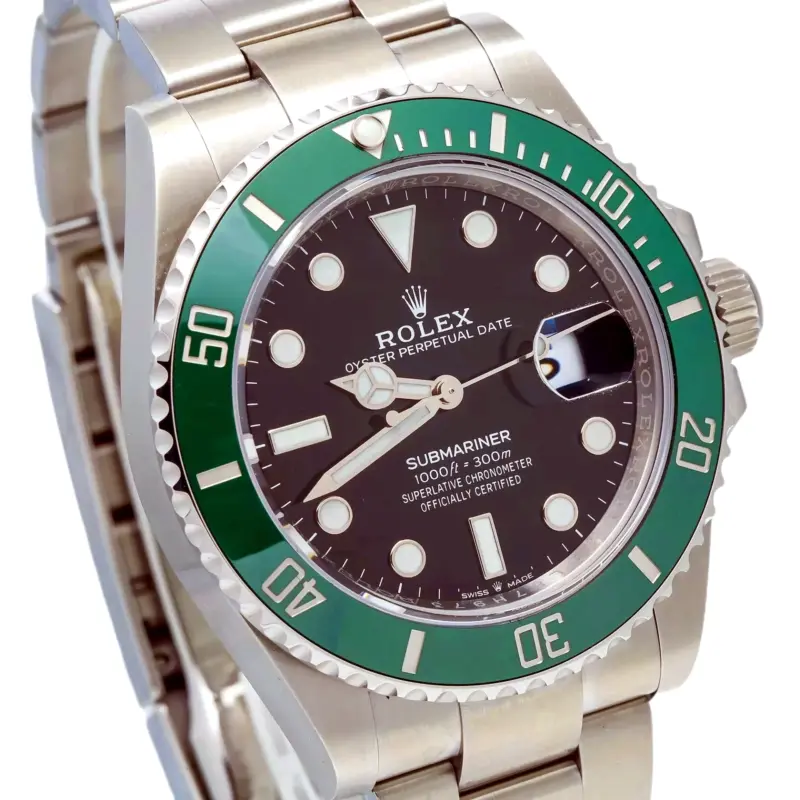
Ref. 1803 (1959 – 1976): The Golden Era of the Day-Date
The 1803 reference marked a significant transition in the Day-Date’s evolution. It was the last to feature an acrylic crystal before the switch to sapphire in 1977. The 1803 also retained the signature “pie-pan” dial, which was later replaced by flatter, more conventional dials. The President bracelet, now a hallmark of the Day-Date, featured hollow links and a hidden Crownclasp, further enhancing its seamless aesthetic.
One of the key updates during this period was the introduction of the calibre 1555, which powered the 1803. Although lacking a quickset date function, the calibre offered improved stability and accuracy over its predecessors. In the mid-1960s, the calibre 1556 replaced the 1555, boasting a higher beat rate and the addition of a hacking feature for more precise time setting. These movements were clone Rolex’s first fully in-house calibres, laying the groundwork for the future of the Rolex Day-Date.
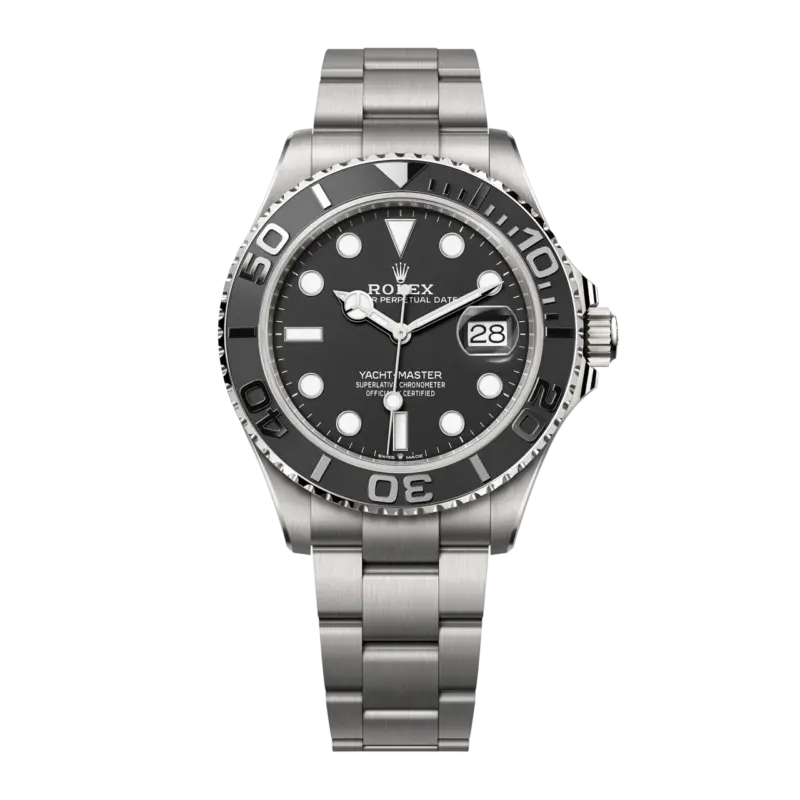
Ref. 18038 (1977 – 1988): A Step Into the Modern Era
The 18038 reference ushered the Day-Date into a new era, with the introduction of the calibre 3055 movement, which included a much-needed quickset date function. This upgrade made the Day-Date far more user-friendly, especially for those who didn’t wear their watches daily. Along with a smoother movement (28,800 vibrations per hour), the 18038 also introduced a flat dial and a sapphire crystal, which had become standard across Rolex models. The changes made the 18038 a more modern and accessible piece while maintaining the timeless elegance of the Day-Date design.
The Quartz Crisis: Oysterquartz and Ref. 19018 (1977 – 2004)
In response to the Quartz Crisis of the 1970s, Rolex released the Rolex Oysterquartz version of the Day-Date, powered by the calibre 5055. This quartz movement offered greater precision and was considered superior to the mechanical movements of the time. While the mechanical models remained in production, the Oysterquartz Day-Date (ref. 19018) became a unique offering, with a more angular, integrated case design and the traditional President bracelet. Though not as popular as the mechanical versions, the Oysterquartz series remains a significant part of Rolex’s history.
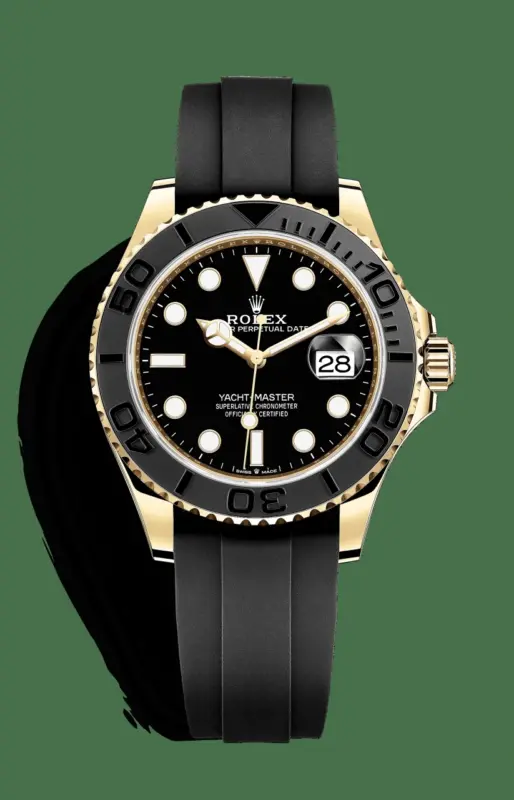
Ref. 18238 (1988 – 2000): Modern Upgrades and Convenience
By the late 1980s, Rolex introduced the ref. 18238, which featured the updated calibre 3155 movement. This movement offered a double quickset function, allowing both the day and date to be adjusted independently. The watch’s design remained largely unchanged, with yellow gold cases and a fluted bezel, but the introduction of the calibre 3155 marked a major milestone in the evolution of the Day-Date. The 18238 also offered a variety of dial options, allowing for a greater level of customization.
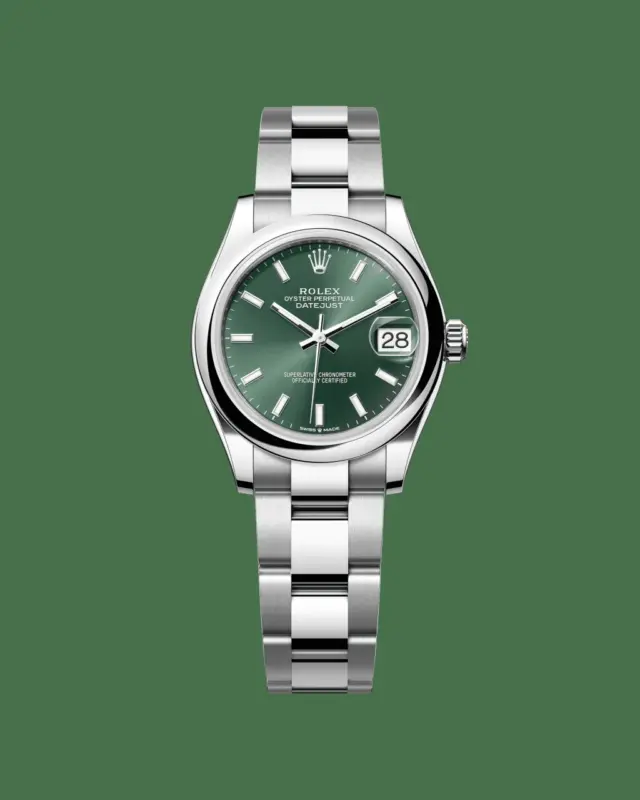
Ref. 118238 (2000 – 2009): Refining the Design
The ref. 118238 saw subtle changes in both the movement and design. While it still used the calibre 3155, the case received a slight redesign with broader lugs, giving the watch more wrist presence. The President bracelet also underwent improvements, with solid links replacing the previous hollow ones. Additionally, the rehaut was engraved with “ROLEX ROLEX ROLEX,” a feature introduced to help combat counterfeiting. The Day-Date continued to evolve, with new variants and a focus on improving the overall wearability and precision of the watch.
Day-Date II and Day-Date 40: A Larger, More Modern Statement (2008 – Present)
Rolex introduced the Day-Date II (ref. 218238) in 2008, marking a departure from the traditional 36mm case size. At 41mm, the replica Rolex Day-Date II was the largest version yet, catering to modern tastes for larger watches. Despite its bold presence, the Day-Date II failed to gain widespread popularity, and its production run ended in 2015. It was succeeded by the Day-Date 40 (ref. 228238), which scaled the case back to 40mm, refining the design with a slimmer bezel and narrower lugs.
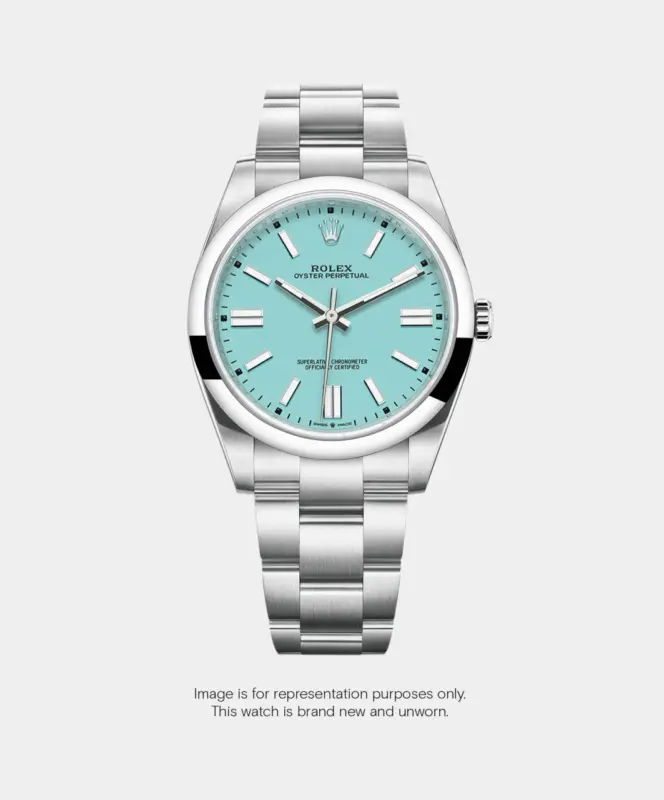
The Day-Date 40 is powered by the new calibre 3255, which features a 70-hour power reserve, the innovative Chronergy escapement, and improved anti-magnetic properties. With 26 language options for the day of the week and a wide variety of dials and precious metal choices, the Day-Date 40 remains a true symbol of luxury.
The Enduring Allure of the Day-Date
Despite its long history, the Rolex Day-Date remains one of the brand’s most sought-after models. Available in yellow, white, and Everose gold, as well as platinum, the Day-Date continues to attract collectors and enthusiasts. The Day-Date 36 and Day-Date 40 are currently in production, with a broad selection of dial options and configurations, making it one of the most versatile and personalized luxury watches available.
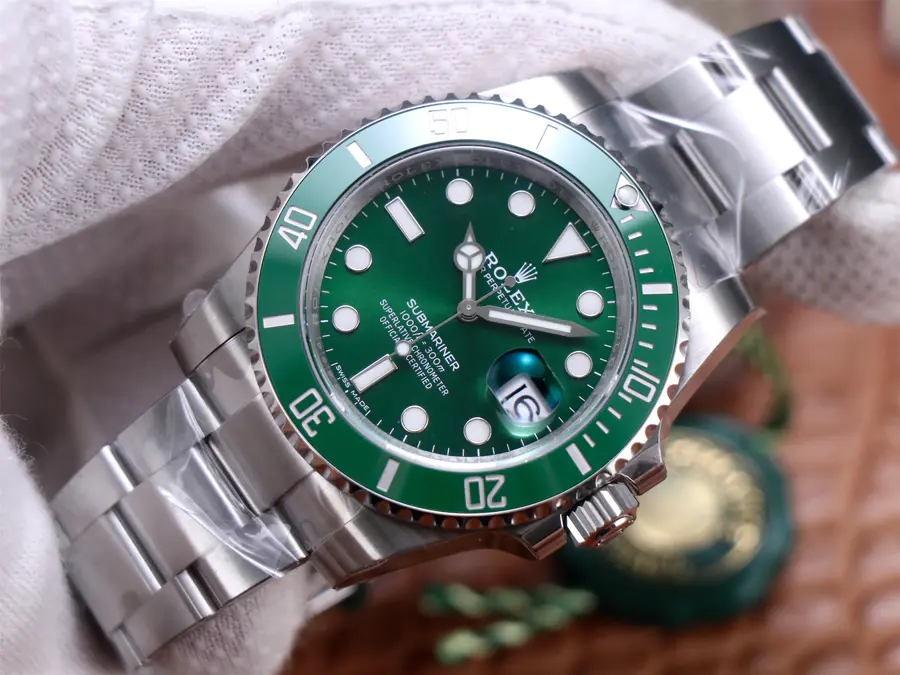
Collectors continue to seek out rare and unique models, particularly one-of-a-kind pieces or vintage examples. The Rolex Day-Date’s rich history, combined with its enduring elegance, ensures that it will remain a hallmark of luxury and success for years to come.

